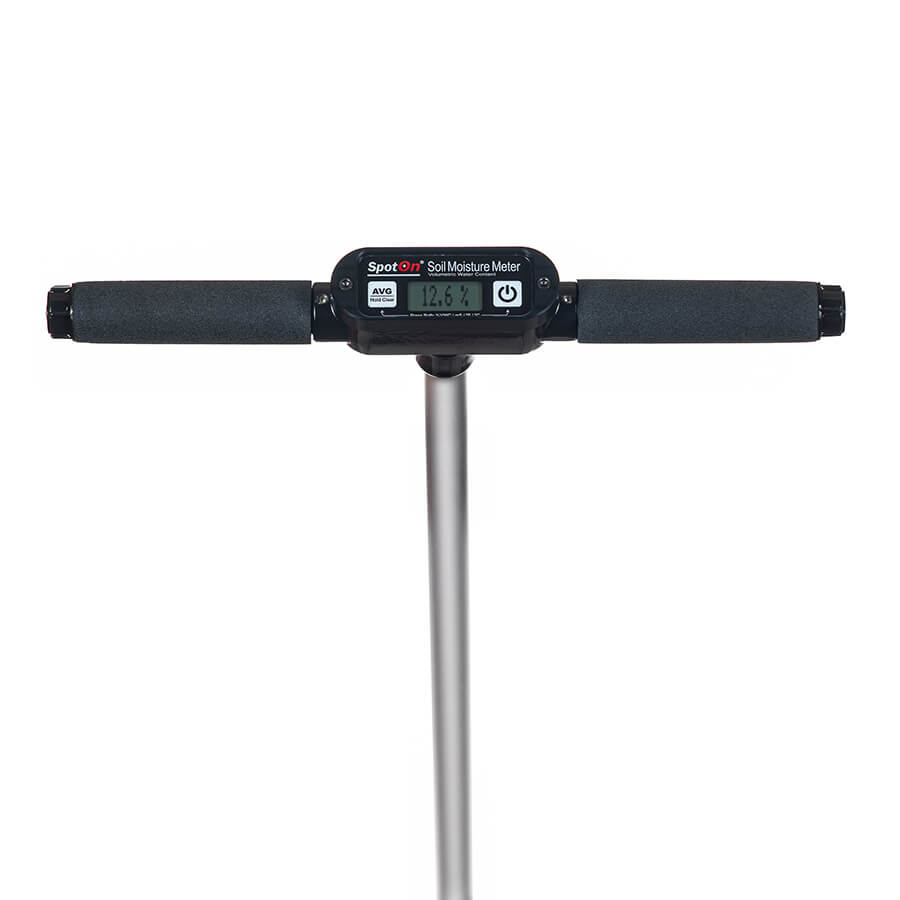Delve Into the World of Moisture Meters: Every Little Thing You Required to Know
In the realm of wetness meters exists a world of accuracy and usefulness that frequently goes unnoticed. Understanding just how moisture meters operate, the different kinds offered, and their diverse usages can drop light on their importance in ensuring top quality and performance.
Exactly How Moisture Meters Work
Moisture meters run by measuring the electric conductivity or capacitance of materials to determine the moisture content existing. These meters are vital devices across various sectors, including woodworking, building and construction, and agriculture. By using different methods such as pinless or pin-type technology, dampness meters provide accurate analyses that assist professionals make notified decisions.
Pin-type dampness meters work by placing the sharp pins into the product being examined. On the various other hand, pinless wetness meters utilize electromagnetic signals to check a bigger area without causing any damages to the product's surface.
Regardless of the approach made use of, wetness meters play a vital function in avoiding issues such as mold and mildew development, structural damages, or item problems brought on by excess dampness. Comprehending exactly how these meters work is crucial for making certain the high quality and integrity of products in different applications.
Types of Moisture Meters
Offered the important role dampness meters play in different industries, it is important to recognize the different kinds offered to professionals for properly evaluating dampness levels - Moisture Meter. There are largely 2 main kinds of moisture meters: pinless and pin-type wetness meters

On the other hand, pinless dampness meters utilize electro-magnetic sensor plates to check a larger location of the material without creating any damages. This type appropriates for quickly scanning huge areas and is frequently used for floor covering, wall surfaces, and ceilings. Pinless meters are practical for taking analyses on finished surface areas without leaving any kind of visible marks.
Both sorts of moisture meters have their advantages and are picked based on the certain needs of the task handy. Understanding the differences in between these types is important for specialists to make accurate wetness analyses.
Applications Across Industries
With varied capabilities, moisture meters discover extensive application throughout various markets, helping specialists in guaranteeing ideal problems for structures and materials. In the agriculture market, dampness meters are important for figuring out the dampness web content in grains, seeds, and hay, ensuring quality control and stopping mold and mildew development. Building and construction professionals count on moisture meters to evaluate the wetness levels in building materials like concrete, wood, and drywall, which is important for preserving architectural stability and stopping concerns like rot or mold and mildew. The floor covering market uses wetness meters to determine the wetness content in subfloors right here before installing various flooring, protecting against expensive problems because of excess wetness. Furthermore, in the food industry, moisture meters are used to check and regulate moisture degrees in products such as grains, nuts, and dried fruits to maintain quality and top quality. In addition, dampness meters play a crucial role in the restoration and damage control industry by aiding experts resolve and determine water damage in structures quickly. Across these varied industries, dampness meters are important tools for guaranteeing the quality, safety, and durability of various products and items.
Tips for Using Wetness Meters
When measuring the wetness material in numerous products,Utilize the moisture meter's calibration settings to make sure exact analyses. Calibration is essential for the proper performance of a moisture meter. Before each use, it is a good idea to inspect and readjust the calibration setups according to the details product being tested. Additionally, see to it the meter is readied to the appropriate wetness variety for the material you are determining to acquire the most exact results.
When making use of a pin-type wetness meter, place the pins to the suitable depth advised for the product being checked. This makes sure that the wetness readings are extracted from the proper deepness within the material, providing Continue an extra precise representation of its moisture web content. For pinless wetness meters, remember to keep appropriate contact with the product's surface area to get dependable analyses.
On a regular basis inspect and change the batteries in your wetness meter to stop unreliable readings as a result of low power. Shop the meter in a dry and risk-free area when not being used to lengthen its life expectancy and keep its accuracy. By adhering to these suggestions, you can maximize the efficiency of your dampness meter and obtain exact dampness material dimensions throughout different products.
Upkeep and Calibration
To make sure the accuracy of wetness material measurements, regular maintenance and calibration of the moisture meter are vital steps in its proper functioning. Calibration adjusts the moisture meter to ensure that it provides regular and reliable outcomes.
Calibration should be done regularly, particularly if the moisture meter is made use of regularly or in essential applications where exact measurements are required. Many dampness meters include calibration tools or can be adjusted by expert services. Moisture Meter. It is advised to maintain a log of calibration dates and results to track the performance of the dampness meter gradually. By calibrating the dampness and keeping meter on a regular basis, individuals can rely on the precision of the moisture web content measurements obtained.
Conclusion

To conclude, wetness meters play a crucial function in different sectors by accurately determining the wetness web content of materials. Comprehending exactly how these tools function, the different types readily available, and correct upkeep and calibration are important for acquiring trusted results. Whether in production, building and construction, or agriculture, using wetness meters assists make sure quality assurance and performance in procedures.

In conclusion, dampness meters play an important function in various industries by properly gauging the wetness material of materials.